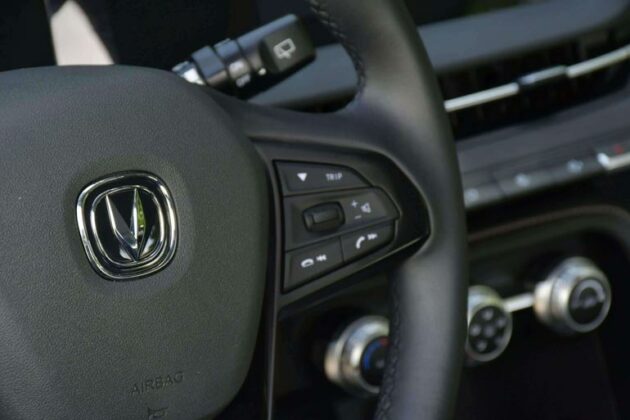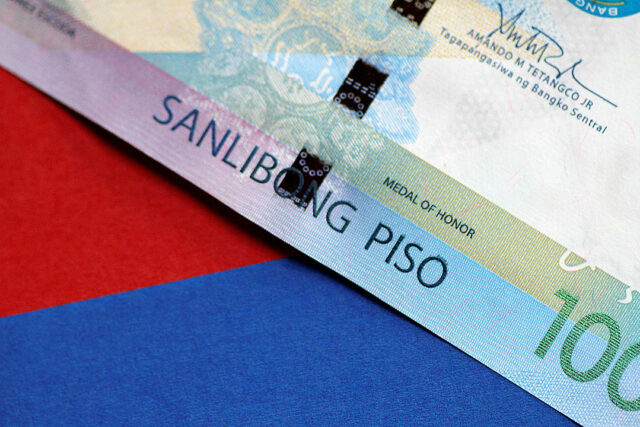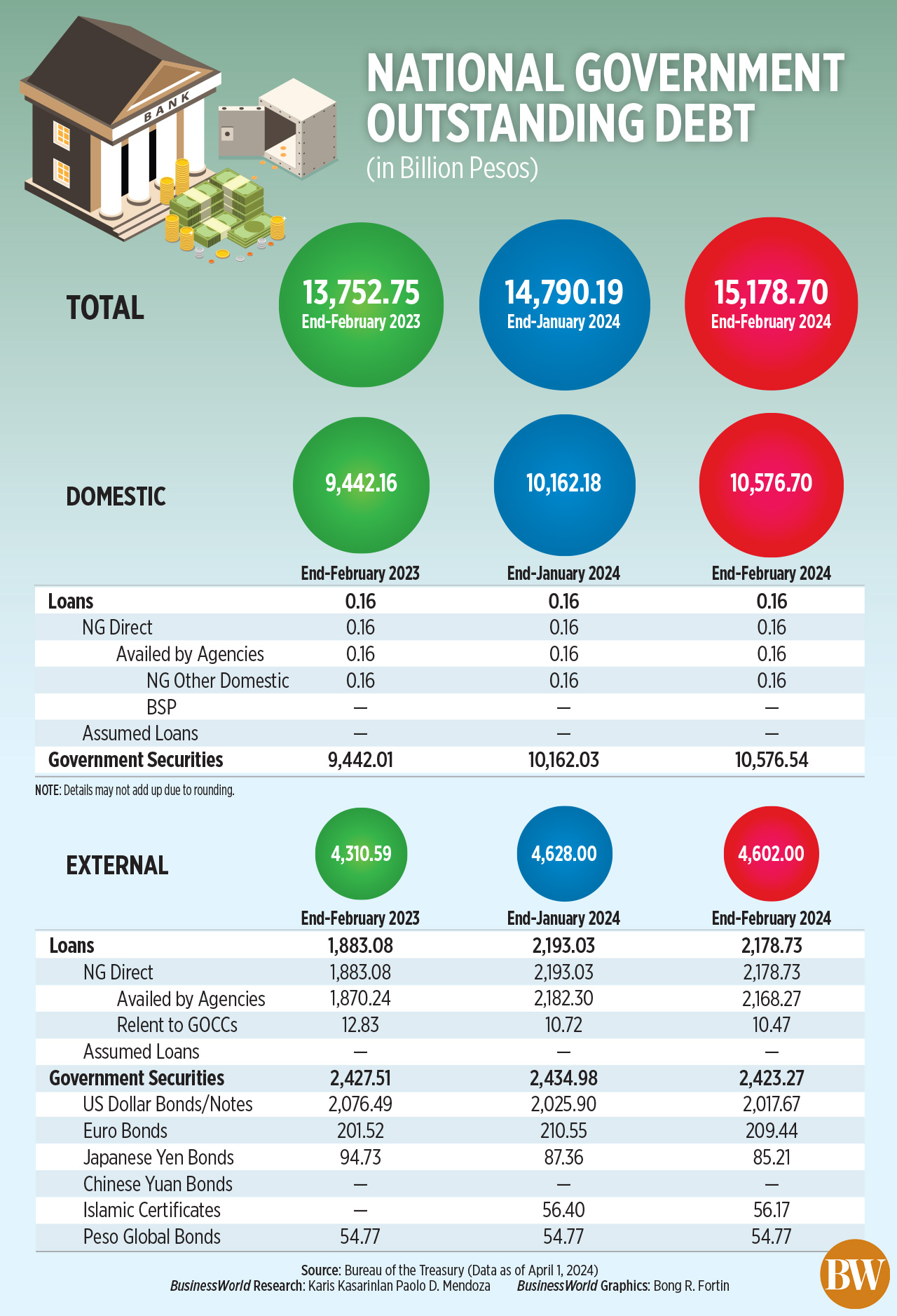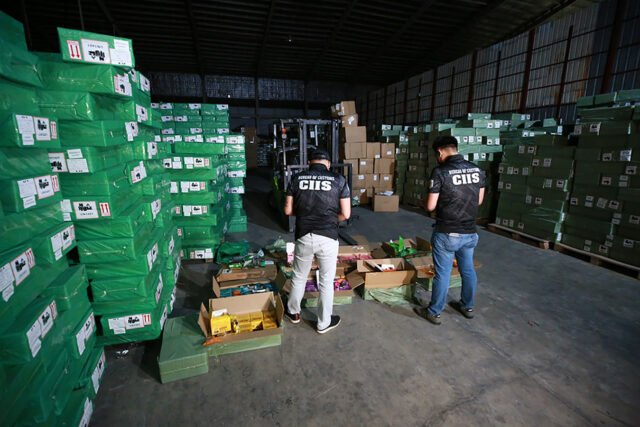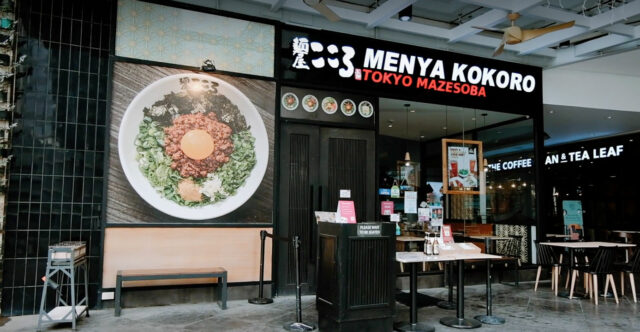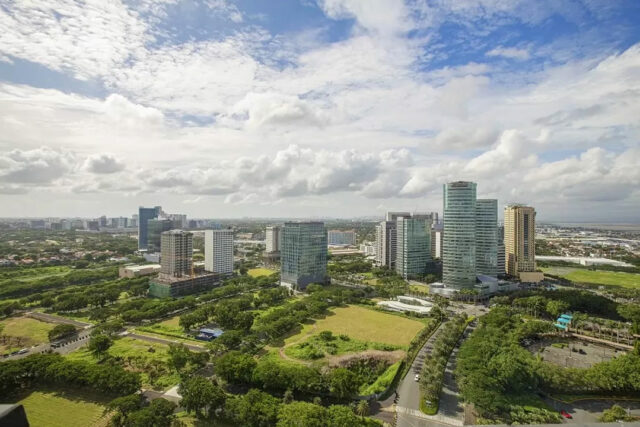The new Changan CS15: Unveiling the ultimate subcompact SUV experience at an unbeatable price point
Changan Auto Philippines is thrilled to introduce the latest addition to its esteemed SUV lineup: the Changan CS15. Designed to meet the diverse needs of today’s car buyers, the CS15 combines practicality, versatility, and style, all at a remarkably competitive price point of only PHP799,000.
The CS15 emerges as the smartest choice in its segment, addressing the demands of modern Filipino drivers who seek both excitement and practicality in their daily commute. With its compact size ideal for urban driving and boasting class-leading features, the CS15 promises a driving experience that is both thrilling and dependable.
Changan has meticulously crafted the CS15 to cater to the varied preferences of car buyers. From the desire for an exhilarating driving experience to the need for connectivity and safety, the CS15 ticks all the boxes. With its advanced features and well-engineered design, Changan remains true to its commitment to “lasting safety,” providing drivers with not only a secure ride, but also peace of mind on the road.
Under the hood, the CS15 packs a punch with its 1.5-liter inline 4-cylinder engine paired with a 5-speed dual clutch transmission, delivering 105 horsepower and 145 Nm of torque. Whether cruising through city streets or embarking on out-of-town adventures, the CS15 offers a blend of efficiency and performance that exceeds expectations.
Inside the cabin, drivers are treated to a range of thoughtful features that prioritize comfort and convenience, including keyless entry, standard leather seats, and an infotainment system compatible with iOS and Android devices. Multi-function steering remote controls and automatic headlights with a follow-me-home function and height adjustment further enhance the driving experience, ensuring that every journey is as effortless as it is enjoyable.
Style takes center stage with the CS15, boasting eye-catching design elements that are sure to turn heads wherever it goes. Striking LED daytime running lights, a sleek sunroof, and stylish blacked-out taillamps contribute to the CS15’s distinctive look. The vehicle’s muscular haunches house large two-tone 17-inch wheels, while satin silver roof rails and a sleek shark fin antenna add a touch of sophistication to its profile.
For those with an adventurous spirit, the CS15 offers unmatched versatility and practicality. With ample headroom and legroom, along with a rear seat featuring 60/40 split folding capability, the CS15 easily accommodates large or bulky cargo. Standard roof rails make the CS15 car-camping ready, capable of accommodating an awning or roof rack for outdoor adventures. With a generous ground clearance of 190 mm, a tire pressure monitoring system, and rugged design elements, including large wheels and rocker panels, the CS15 is ready to tackle light floods or venture off the beaten path with ease.
When it comes to safety, the CS15 leaves no room for compromise. Equipped with disc brakes on all four wheels, Anti-lock Braking System (ABS) with Electronic Brakeforce Distribution (EBD) and Brake Assist, dual front and side air bags, child safety locks, and a suite of driver assistance features such as Hill-Hold Control (HHC) and tire pressure monitoring system, the CS15 ensures a secure and protected journey for all passengers.
For a subcompact SUV packed with impressive features found in premium vehicles, the CS15 is difficult to resist at its price. It is undoubtedly the perfect choice for discerning car buyers seeking unparalleled value for money. Backed by Changan’s 5-year (or 150,000-km) warranty and a complimentary checkup within the first 5,000 km, the CS15 offers both peace of mind and exceptional ownership experience.
The CS15 will be available in the Philippines beginning April 2024 in an array of captivating colors including Flame Red, Aurora Blue, Blizzard White, Cosmic Silver, and Galaxy Black.
Don’t miss the opportunity to experience the future of driving with the Changan CS15. Visit the Changan booth at the 2024 Manila International Auto Show (MIAS) from April 4 to 7, 2023, where the CS15 is available for test drives. Irresistible special offers are up for grabs exclusively for MIAS visitors. Those who will reserve the CS15 at the Auto Show will receive a PHP50,000 cash discount and a FREE 2-year Preventive Maintenance Service (PMS). In partnership with BPI, driving home a CS15 is made even easier with flexible payment terms, low down payment and low monthly payment options.
Visit www.changan.ph and follow Changan Auto Philippines on Facebook (@ChangaAutoPH) for more details. For media inquiries and more information, please contact Grace E. Roces, PR Director of Imagi Manila, at +63 917-848-9884 or via email grace.roces@imagimanila.com.
Spotlight is BusinessWorld’s sponsored section that allows advertisers to amplify their brand and connect with BusinessWorld’s audience by publishing their stories on the BusinessWorld Web site. For more information, send an email to online@bworldonline.com.
Join us on Viber at https://bit.ly/3hv6bLA to get more updates and subscribe to BusinessWorld’s titles and get exclusive content through www.bworld-x.com.






